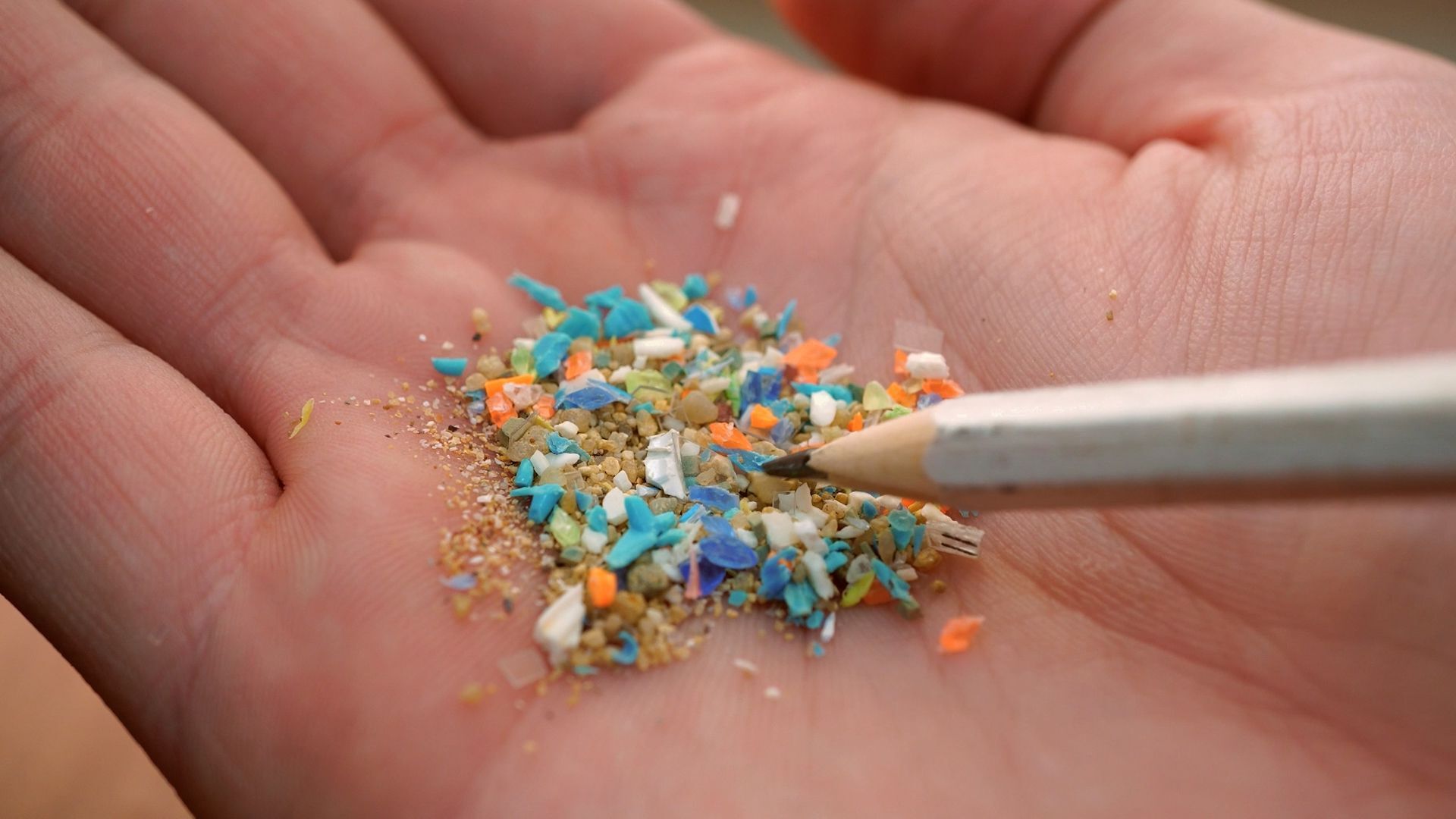
Microplastics are tiny plastic particles less than 5 millimeters in size, found everywhere from oceans to the air we breathe. But what exactly are microplastics, and why should we care? These minuscule pollutants come from various sources like broken-down plastic waste, synthetic clothing fibers, and even personal care products. They pose a significant threat to marine life, human health, and the environment. Fish and other sea creatures often mistake them for food, leading to ingestion and potential harm. Humans, too, can ingest microplastics through seafood or even drinking water. Understanding the impact of microplastics is crucial for taking steps to reduce their presence in our world.
What Are Microplastics?
Microplastics are tiny plastic particles less than 5 millimeters in size. They come from various sources and have become a significant environmental concern. Here are some eye-opening facts about microplastics.
-
Microplastics originate from larger plastic debris that breaks down into smaller pieces over time.
-
They are also manufactured intentionally for use in products like cosmetics and cleaning agents.
-
Microplastics can be found in oceans, rivers, lakes, and even in the air we breathe.
-
These tiny particles are often ingested by marine life, which can lead to health issues for the animals.
-
Microplastics have been detected in human food and drinking water, raising concerns about potential health impacts.
Sources of Microplastics
Understanding where microplastics come from can help us address the problem more effectively. Here are some common sources.
-
Synthetic clothing releases microplastics when washed, which then enter water systems.
-
Car tires wear down over time, shedding microplastics onto roads that eventually wash into waterways.
-
Personal care products like exfoliating scrubs often contain microbeads, a type of microplastic.
-
Industrial processes can produce microplastics as by-products.
-
Paints and coatings can degrade into microplastics over time.
Environmental Impact
Microplastics have far-reaching effects on the environment. Here’s how they impact ecosystems.
-
They can absorb harmful chemicals, which then get ingested by marine organisms.
-
Microplastics can disrupt the food chain, affecting both small and large animals.
-
They contribute to the overall pollution of water bodies, making them less habitable for wildlife.
-
Soil contamination by microplastics can affect plant growth and soil health.
-
Microplastics can also impact air quality when they become airborne.
Human Health Concerns
The presence of microplastics in our environment raises questions about their impact on human health. Here are some concerns.
-
Ingesting microplastics can lead to the accumulation of toxic substances in the body.
-
They can cause inflammation and other health issues when inhaled.
-
Microplastics have been found in human stool samples, indicating widespread exposure.
-
There is ongoing research to determine the long-term health effects of microplastic exposure.
-
Some studies suggest a link between microplastics and hormonal disruptions.
Efforts to Combat Microplastics
Various initiatives are underway to tackle the microplastic problem. Here are some efforts being made.
-
Bans on microbeads in personal care products have been implemented in several countries.
-
Research is being conducted to develop biodegradable alternatives to traditional plastics.
-
Cleanup efforts are targeting both large plastic debris and microplastics in oceans and rivers.
-
Public awareness campaigns aim to educate people about the impact of microplastics and how to reduce their use.
-
Innovations in wastewater treatment are being explored to capture microplastics before they enter natural water bodies.
Future Outlook
The fight against microplastics is ongoing, and future developments will be crucial. Here’s what to look out for.
-
Advances in technology may provide new ways to detect and remove microplastics from the environment.
-
Policy changes at both national and international levels could help reduce the production and release of microplastics.
The Impact of Microplastics on Our World
Microplastics are everywhere. These tiny particles, often invisible to the naked eye, have infiltrated our oceans, soil, and even the air we breathe. They come from various sources like plastic bottles, bags, and synthetic clothing. Once in the environment, they break down into smaller pieces, making them nearly impossible to remove.
Their presence poses a significant threat to wildlife. Marine animals mistake them for food, leading to ingestion and often death. Humans aren't immune either. Microplastics have been found in our food and water, raising concerns about potential health risks.
Reducing plastic use is crucial. Simple steps like using reusable bags, bottles, and avoiding single-use plastics can make a difference. Awareness and action are key. By understanding the impact of microplastics, we can take steps to protect our planet and health. Let's work together to reduce plastic pollution.
Was this page helpful?
Our commitment to delivering trustworthy and engaging content is at the heart of what we do. Each fact on our site is contributed by real users like you, bringing a wealth of diverse insights and information. To ensure the highest standards of accuracy and reliability, our dedicated editors meticulously review each submission. This process guarantees that the facts we share are not only fascinating but also credible. Trust in our commitment to quality and authenticity as you explore and learn with us.
